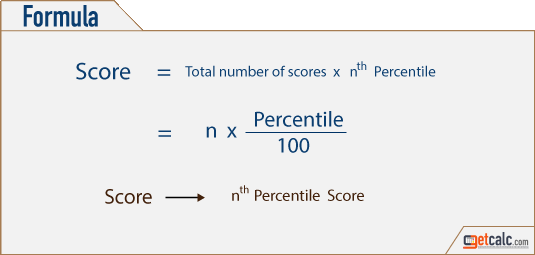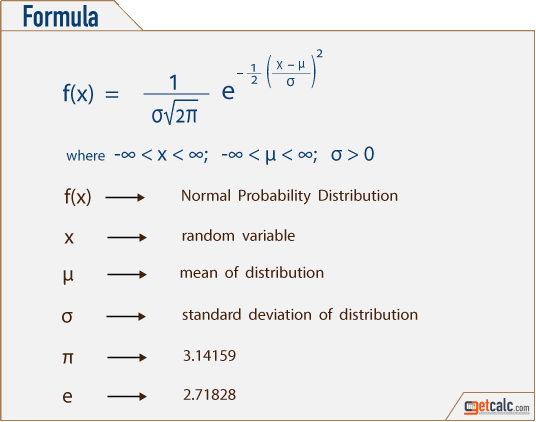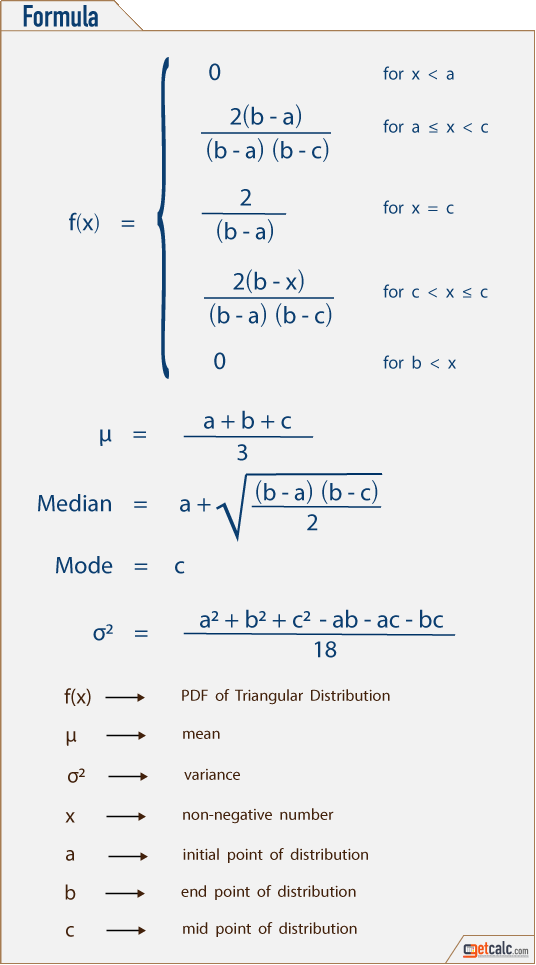

The median of a distribution with a continuous random variable is the value m such that the probability is at least 1/2 (50%) that a randomly chosen point on the function will be less than or equal to m, and the probability is at least 1/2 that a randomly chosen point on the function will be greater than or equal to m.

If the number of terms is even, then the median is the average of the two terms in the middle, such that the number of terms having values greater than or equal to it is the same as the number of terms having values less than or equal to it. This is the value such that the number of terms having values greater than or equal to it is the same as the number of terms having values less than or equal to it. If the number of terms is odd, then the median is the value of the term in the middle. The median of a distribution with a discrete random variable depends on whether the number of terms in the distribution is even or odd. The expected value is denoted by the lowercase Greek letter mu (µ). The mean of a statistical distribution with a continuous random variable, also called the expected value, is obtained by integrating the product of the variable with its probability as defined by the distribution. To calculate it, add up the values of all the terms and then divide by the number of terms. The most common expression for the mean of a statistical distribution with a discrete random variable is the mathematical average of all the terms.

If the range is large, the central tendency is not as representative of the data as it would be if the range was small. Range, which is the difference between the largest and smallest value in the data set, describes how well the central tendency represents the data. To find the mode, identify which value in the data set occurs most often. To find the median, list the values of the data set in numerical order and identify which value appears in the middle of the list. To find the mean, add up the values in the data set and then divide by the number of values that you added. In statistics, that single value is called the central tendency and mean, median and mode are all ways to describe it. When working with a large data set, it can be useful to represent the entire data set with a single value that describes the "middle" or "average" value of the entire set. The administrator then needs to apply this information to investigate root causes of a problem, accurately forecast future needs or set acceptable working parameters for IT systems. Finding the mean, median, mode and range is only the start. Understanding the definition of mean, median, mode and range is important for IT professionals in data center management. Many relevant tasks require the administrator to calculate mean, median, mode or range, or often some combination, to show a statistically significant quantity, trend or deviation from the norm. How are mean, median, mode and range used in the data center? IT professionals need to understand the definition of mean, median, mode and range to plan capacity and balance load, manage systems, perform maintenance and troubleshoot issues. Furthermore, understanding of statistical terms is important in the growing field of data science. When a term can acquire any value within an unbroken interval or span, it is called a probability density function. A continuous random variable is a random variable where the data can take infinitely many values. The second major type of distribution contains a continuous random variable. This means that every term has a precise, isolated numerical value. The first type contains discrete random variables. There are two major types of statistical distributions. The value of a term, when expressed as a variable, is called a random variable. In statistics, a distribution is the set of all possible values for terms that represent defined events. The terms mean, median, mode, and range describe properties of statistical distributions.


 0 kommentar(er)
0 kommentar(er)
